Hello! I’m a newbie with limited experience with many Linux distros and MacOS and I would switch to FreeBSD but I’m having some issues with installation process so I ask for your help.
I’m trying to install FreeBSD 13.0 on a ThinkPad X250. I’m sending screenshots of the issues raised.
Could you help me?
I’m trying to install FreeBSD 13.0 on a ThinkPad X250. I’m sending screenshots of the issues raised.
Could you help me?
Attachments
-
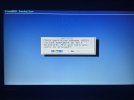 46B7EF42-FA19-4984-A6D6-493B8112D17C.jpeg1.2 MB · Views: 69
46B7EF42-FA19-4984-A6D6-493B8112D17C.jpeg1.2 MB · Views: 69 -
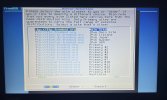 672A8FB6-74E4-4D2C-98D6-52695C5F1D58.jpeg1.1 MB · Views: 73
672A8FB6-74E4-4D2C-98D6-52695C5F1D58.jpeg1.1 MB · Views: 73 -
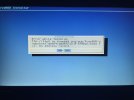 FFDDB5E8-2BF6-4E87-A068-17B32E96E699.jpeg1.4 MB · Views: 62
FFDDB5E8-2BF6-4E87-A068-17B32E96E699.jpeg1.4 MB · Views: 62 -
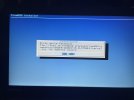 1BC9562F-B338-4E5C-B5B5-F46A8F53682F.jpeg1.5 MB · Views: 72
1BC9562F-B338-4E5C-B5B5-F46A8F53682F.jpeg1.5 MB · Views: 72 -
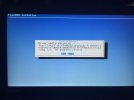 703813E7-57D2-46AF-8BC9-3ACBF3812EC8.jpeg1.3 MB · Views: 67
703813E7-57D2-46AF-8BC9-3ACBF3812EC8.jpeg1.3 MB · Views: 67

